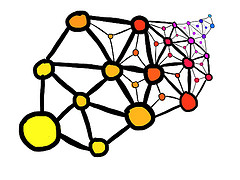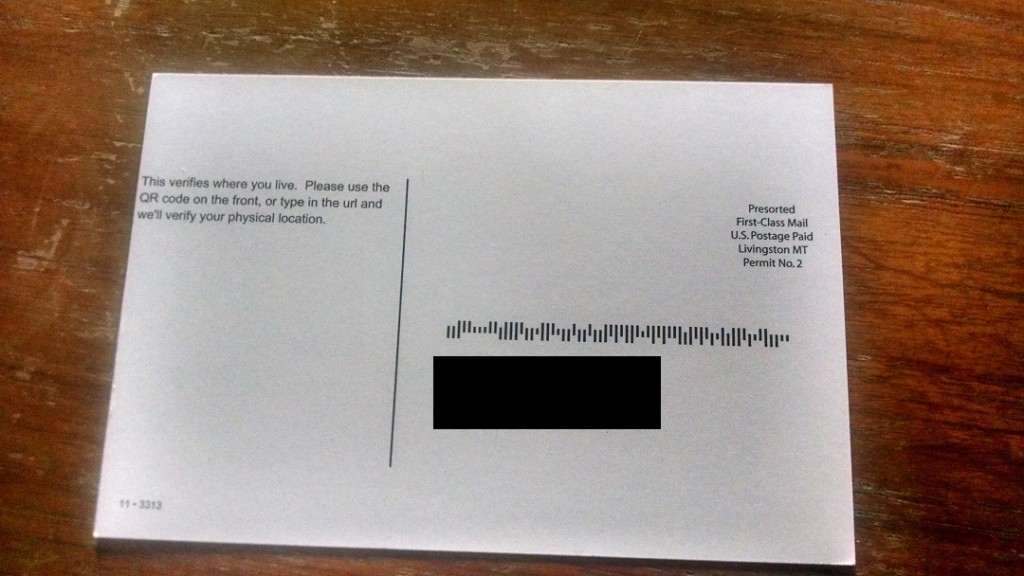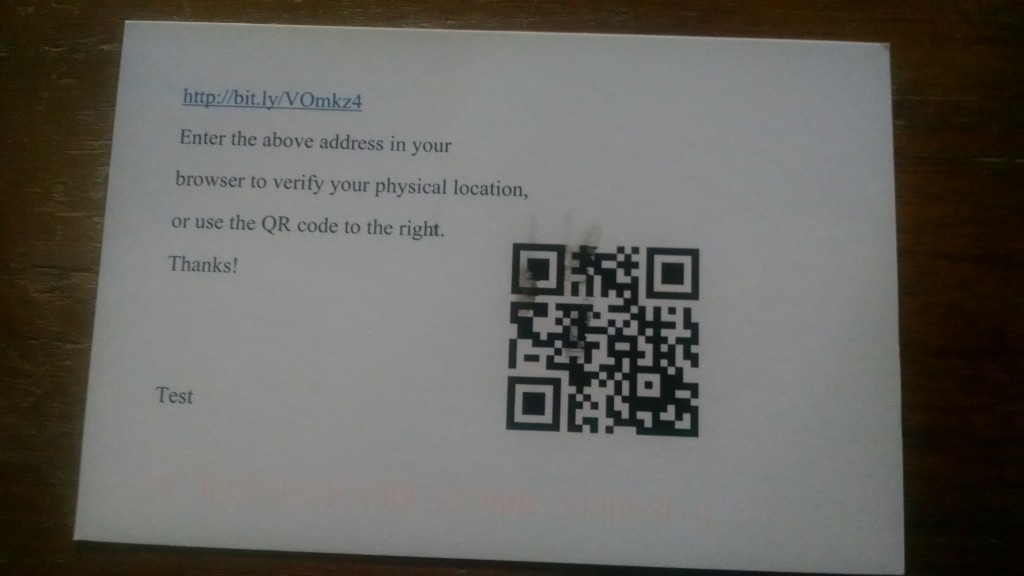

I originally wrote this in Dec of 2004. I still think that having someone who can answer engineers’ questions authoritatively increases productivity (of the engineer). However, now I’d emphasize that developers need to spend some time learning their domain to gain some intuition, and truly great business software engineers will learn when to bump a question up to a business person and when their intuition can be trusted.
————————————————————-
Back in college, when I took first year physics lab, there was a section of the course that focused on teaching the difference between precision and accuracy in measurement. This distinction was crucial in experimental physics, since measurement is the bedrock of such experimentation. Basically, precision is how many digits of a measurement actually mean something. If I’m measuring the length of a room with my stride (and found it to be 30 feet long), the precision is less than if I were to measure the length of the room with a tape measure (and found it to be 33 feet, 6 and ¾ inches long). However, it’s possible that the stride measurement is more accurate than the length found with the tape measure, that is, it reflects how long the room actually is. (Perhaps there’s clothing on the floor which adds tape measurement, but which I stride over.)
These concepts aren’t just valid in physics; I think they’re also useful in software. When building a piece of software, I am precise if I build what I say I am going to build, and I am accurate if what I build actually meets the client’s business needs, that is, it solves the business problem. Almost every development tool either makes development more precise or more accurate.
The concept of precision lends itself easily to automation. For example, unit testing is rapidly gaining credence as a useful software technique. With unit testing, a developer writes test cases for each part of their code (often at the method level). The running of these tests ensures that code is actually doing what the developer thinks it is doing. I like writing unit tests; it gives me comfort to know that corner cases are taken care of and that changes to code can be fairly easily regression tested. Other techniques besides unit testing that help ensure precision include:
Round tripping: using a tool like TogetherJ, I can ensure that the model (often described in UML) and the code are in sync. This makes it easier for me to verify my mental model against the code.
Specification writing: The more precise a spec is, the easier it is to translate into code.
Compilers: the checking that occurs at compilation time can be very helpful in ensuring that the code is doing what I think it is doing–at a very low level. Obviously, this technique depends on the language used.
Now, precision is needed, because if I am not confident that I understand what the code is doing, then I’m in real trouble. However, accuracy is much more important. Having a customer onsite is a great example of a technique to ensure accuracy: you have a business domain expert available all the time for developers’ questions. In this situation, when a developer stumbles across a part of the business problem that they don’t quite understand, the don’t do what developers normally do (in order of decreasing accuracy):
- Ask another developer, which works great if the target audience is developers, but not so well otherwise.
- 2Best approximation (read: guess at the correct answer).
- Ignore the issue. (‘I’ve got a lot more code to write before I can go home today, and we’re shipping in two weeks. We’ll just let the customer discover it and deal with it as a bug.’)
Instead, they have a real live business person, to whom this software really matters (hopefully), who they can ask. Doing this makes it much more likely that the final solution will actually solve the business problem. Other techniques to help improve accuracy include:
Issue tracking software (I use Bugzilla): Having a place where questions and conversations are recorded is truly helpful in making sure the mental model of the business user and the programmer are in sync. Using a web based tool means that non-technical users can participate and contribute.
Specification writing: A well written spec allows both the business user and developer to have a sense of what is being built, which means that the business user can correct invalid notions at an early stage. However, if a spec is too detailed, it can be used to justify precision at the cost of accuracy (‘hey, the code does exactly what’s specified’ is the excuse you’ll hear).
Spring and other dependency injection tools, as well as IDEs: These tools help accuracy by decreasing the costs of changing code.
Precision and accuracy are both important in software engineering. Perhaps the best way to characterize the two concepts is that precision is the mapping of the programmer’s model of the problem to the computer’s model, whereas accuracy is the mapping of the business’ needs to the programmer’s model. However, though both are needed, accuracy is much harder to obtain. Knowing that I’m building precisely what I think I’m building is beneficial only insofar as what I think I’m building is actually what the customer needs.




